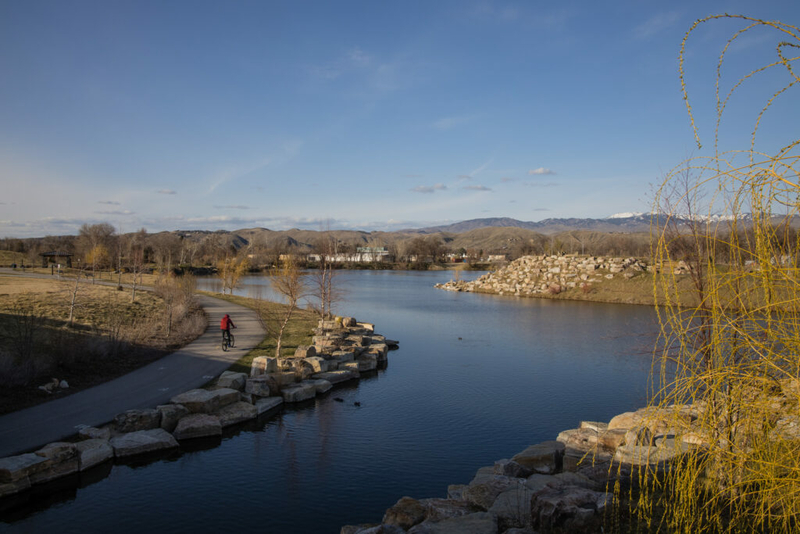Treasure Valley transportation is at a juncture. Bike, pedestrian pathways along canals can help.

If you’ve lived in the Treasure Valley for a while, you’ve likely heard about attempts by cities and the regional transportation authority to open up pathways for bikes and pedestrians along irrigation canals. The idea is worthy of your attention and your local elected leaders need to hear from you if you want to see more canal pathways opened up to bike and foot traffic.
Community groups like the Boise Bicycle Project, Sierra Club, Idaho Conservation League and even some like-minded housing developers like Ethos Design + Build are getting involved in canal pathways to improve our valley’s air quality, expand recreational opportunities and commuting options, and recognize our shared agricultural heritage in the face of tremendous population growth.
The city of Boise wisely invested in the Greenbelt more than 50 years ago. By partnering with other cities in the valley, we have the chance to create a legacy-worthy project our grandchildren will thank us for. Everyone deserves access to nature and the ability to exercise outdoors. The canals that historically served the irrigation needs of vast tracts of agricultural land are butting up against suburban single-family homes. Other communities in the valley are prioritizing canal pathways in their master plans and designing them one at a time.
For example, Meridian and Nampa have consistently worked to piece together canal pathways because leaders see the value in residents’ quality of life. There are some 35 miles of trails between the two cities, and while they are disjointed compared to the Boise Greenbelt, they represent an important step in the right direction.
Every city in the Treasure Valley would benefit from a master plan that incorporates canal trails. Boise adopted an urban pathway master plan earlier this year and other cities, such as Caldwell, have updated theirs recently. If you own a home or are planning to buy a home near a canal, check with the city planning department to see if an easement can be secured for future pathways.
The Treasure Valley is at a juncture. We should all work together on a valley-wide master plan, so every city has some type of connection.
Other metro areas provide examples the Treasure Valley can emulate, including Denver and Phoenix. Denver has more than 130 miles of planned urban pathways, whereas Phoenix was more of a retrofit, adding paths back in after growth had occurred.
In the meantime, developers don’t have to wait for cities to create planning documents. Several developers are already providing easements for future pathways, and developers can also build them on their own ahead of any building. Forterra Views in Caldwell is an example of a developer proactively including canal pathway connections in a planned development.
Community members can help by writing to their local irrigation districts, city councils, and mayors, thanking them for all they’ve done so far to preserve open-space access through canals and other urban pathways. Monthly meetings are open to the public if you’d like to get more involved. Right now, there are literally hundreds of miles worth of great opportunities. Just think of where you could get to along future pathways such as Settlers Canal in Garden City, and the Farmers Union Lateral near Borah High School in Boise. It would also be great to see a connection along Indian Creek or another route from Caldwell all the way to Nampa.
The Treasure Valley would not exist without irrigation districts and our canals. They are fundamental to our shared history and worthy of preservation as we improve community connections for all who live here now and in the future.








